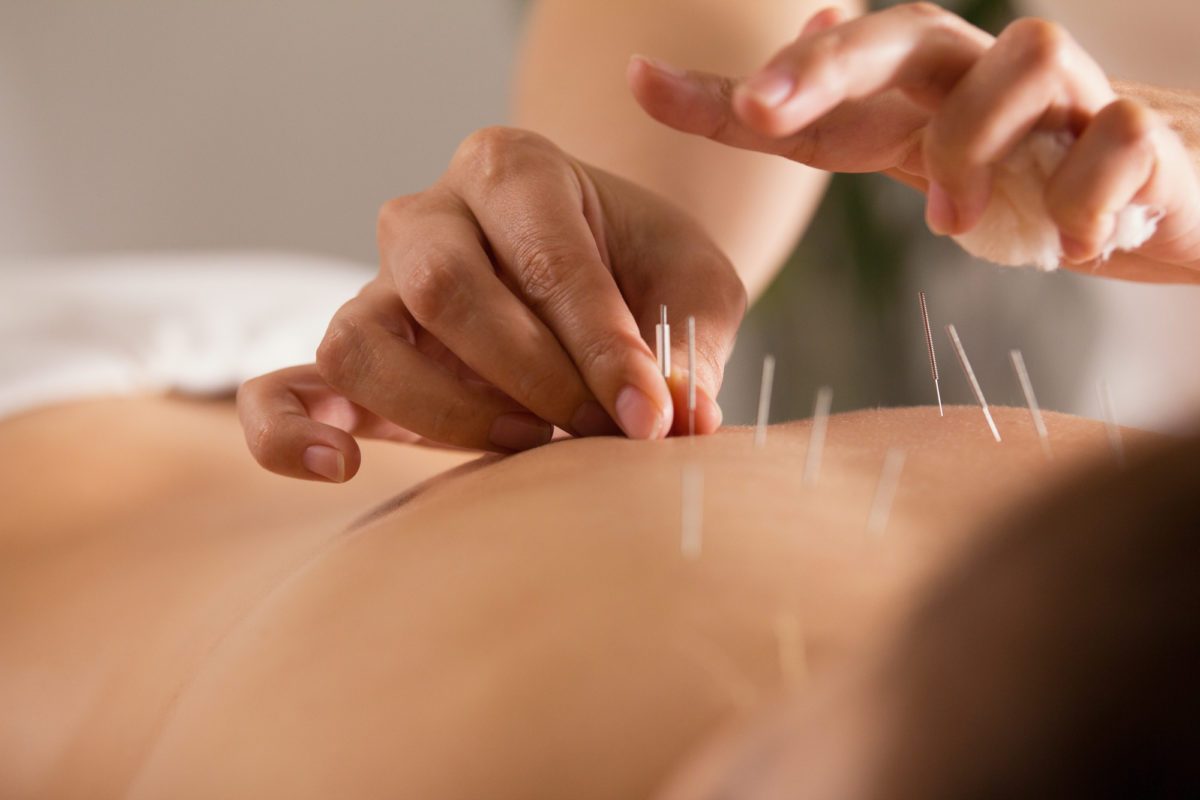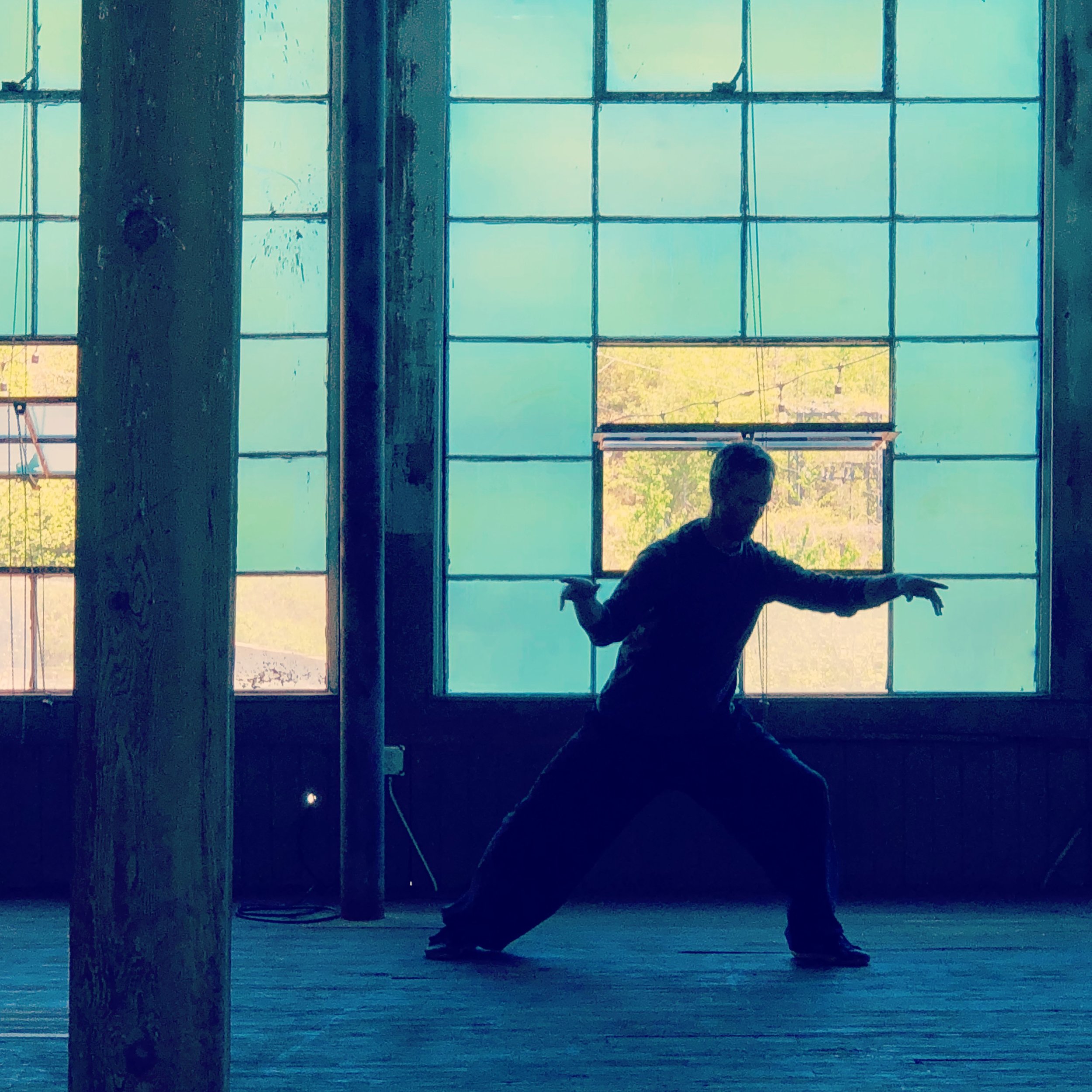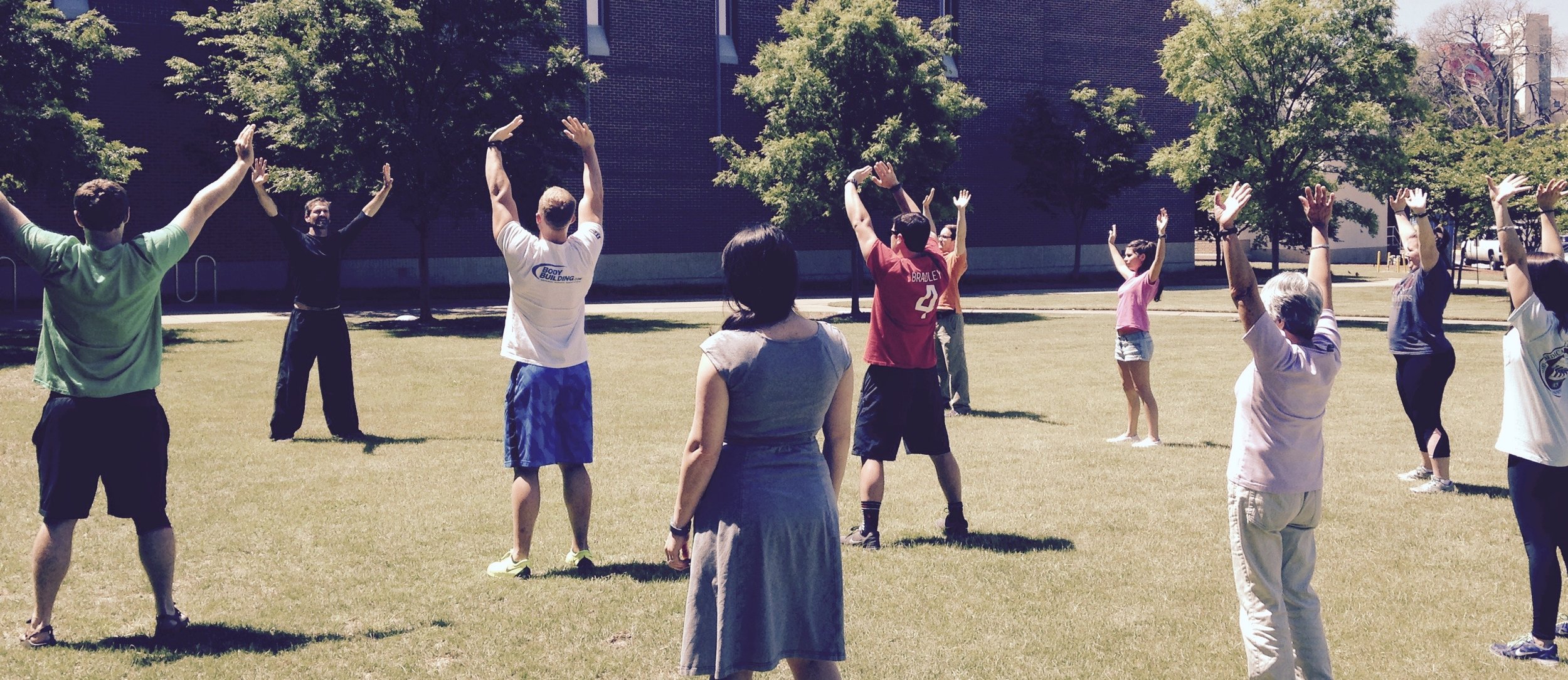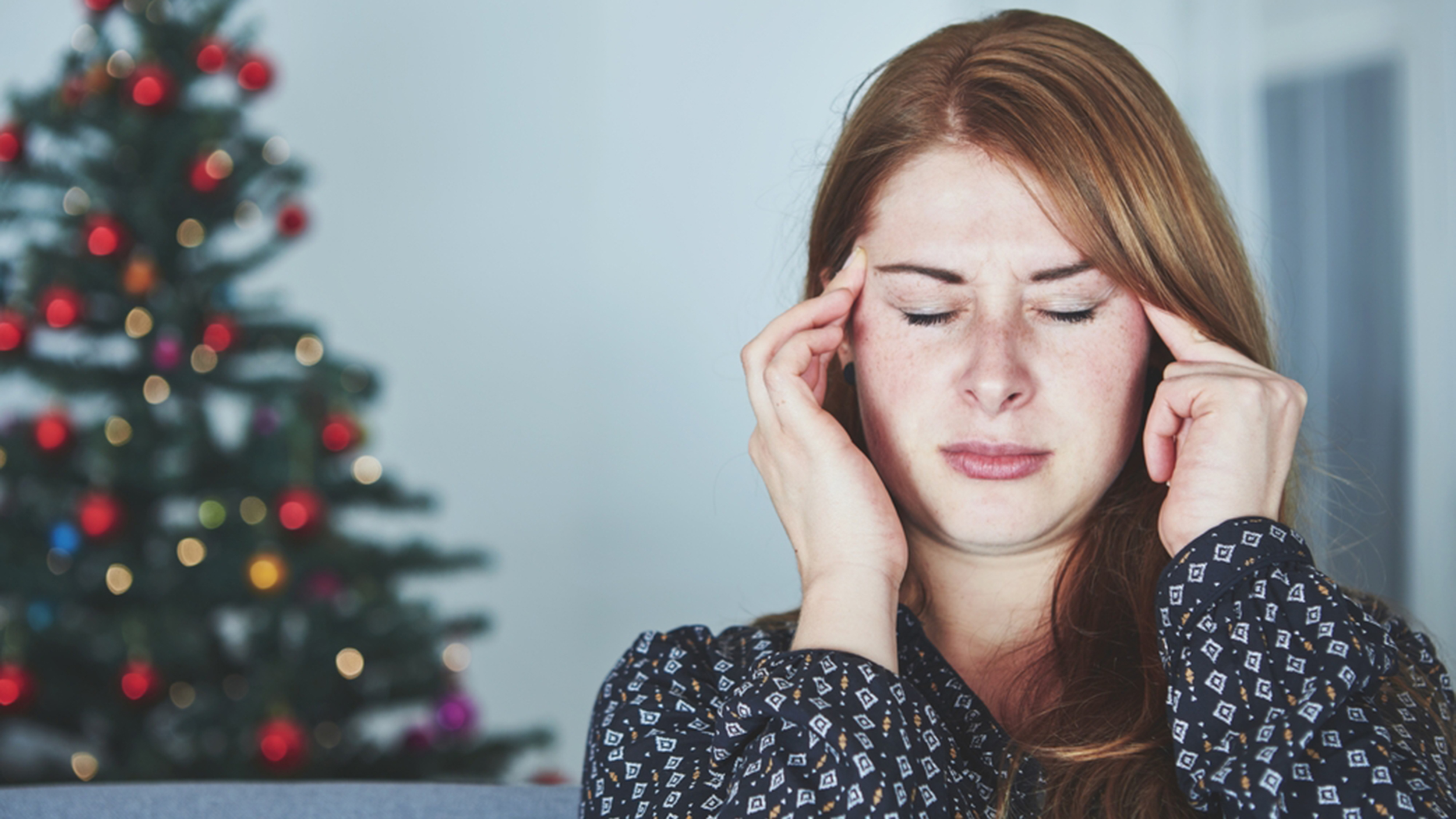To start at the very beginning, what is Rolfing and what are it’s goals?
Rolfing is a form a Manual Therapy that aims to relieve pain and stress on our bodies by balancing posture. To do this, Rolfers focus on releasing strain patterns in our soft tissue, especially the very sculptable fascial system. Though your Rolfer may work on a specific area where you are having symptoms, in the back of their minds Rolfers are looking for the root cause of that symptom. Was that painful area already compromised due to postural strain? If muscles and joints can’t move through their full range of motion that area is easy to strain. It’s with this way of looking at our bodies that the Ten-Series was developed.
Rolfing has a reputation of creating changes that hold, greatly due to this "whole body" process known as the Ten-Series. Rolfers are not looking for a change that will last 24 hours, but for a long lasting shift. For a shift like that to hold, it may require a person’s whole body to change.
The series is roadmap that journeys through the body, adjusting posture in a way that the body can integrate without backtracking. The sessions build on each other, laying a foundation of support for more challenging areas to balance. Everyone’s series follow a general set of guidelines, that are customized based on each person’s unique needs. If you are plagued with chronic hip pain, we might touch in on that area for a bit every session. If there is an emotional component to your physical needs, that may be an important part of our sessions. If you are an active person, we may have a very participatory movement filled session.
For me, the Ten-Series has always felt like a journey to get to know yourself, whether that be on physical level or another.
The Surface Sessions
Session One: The Breathe
-Free up restrictions of the breath.
-Work to get the breath to move not just the ribs, but the full body. Eb and flow with breathing.
-Use the breathe as a catalyst for movement, working from the inside. This is a tool for future sessions.
*As with all future sessions, this is also a time to begin addressing your specific issues/interests.
Session Two: Grounding
-Building your foundation.
-Grounding, dropping into gravity.
-Feet, lower legs and the action of pressing/sinking down.
Session Three: Beginning to Find Your Balance
-Starting to perceive where you are in space
-How you are balanced front and back over your midline?
-Working along the side-body and first accessing the deeper parts of your body that hold your body in space.
The Deep Sessions
Session 4: Beginning to Find your Center (“core”)
-The first true core session
-Working from the feet to the pelvic floor along the inner line of your legs.
Session 5: Continuing to Find your Core (it takes a little while)
-A continuation of session 4, working the core muscles
-This time we work from above down to the pelvis on the “upper core”.
-Wor
Session 6: Finding your “Back” and noticing your surroundings
-All the way up the back, from the soles of your feet to the top of your scalp.
-Bringing awareness to what’s behind you, what you can’t see. Feeling your back and whats behind your back.
Session 7: Cranial Opening
-“Putting on the Head” and decompressing the cranium.
-This involves neck and head work as well as potential intra-oral (inside the mouth) and intra-nasal (into the sinuses) work. The later two areas are based on need and involve very gentle work with gloved hands.
Integrative Sessions
The final three sessions are about integrating all of the work that we have done up to now. An integrated body with stay supported and fluid when you get up off the table and stand or move. An integrated body works as one interconnected whole. A movement in one area will set off a chain of supportive movements across the whole body. To be integrated you are both fluid and strong.
Session 8: Integration of Structure
-Session 8 is highly customized to each person’s needs, but in general it looks to free up any lasting structural restrictions that effect movement across joints(more full body). Clients may be asked to move more or assume more challenging positions on the table.
Session 9: Integration of Function
This is a continuation of session 8, with similar goals. In general session 9 looks to address more functional restrictions. Do your initial movement in a way that uses your new found support? Can you move with fluidity and strength?
Session 10: Smoothing the Sheet
-Once we have meticulously gone through the whole body and released everything that was hiding deep down in there, now we go back over and make sure everything is nice and neat and in place.
-We are looking for “uniform brilliance”
After the 10-Series
The goal of the ten series is to help your body come to a balanced place.
-Often people complete the 10-Series, feel balanced and don’t need any more sessions
-Plenty of others use Rolfing as “maintenance” for their body and come in on a continued basis, to keep things balanced. This is especially true for people who do repetitive movement like desk work, running, biking, parenting...
-Some people use Rolfing for more general relaxation.
-And finally, some people come in when they have an injury or something feels out-of-wack.
All are great options, so do what feels good to you.
-Leah





























